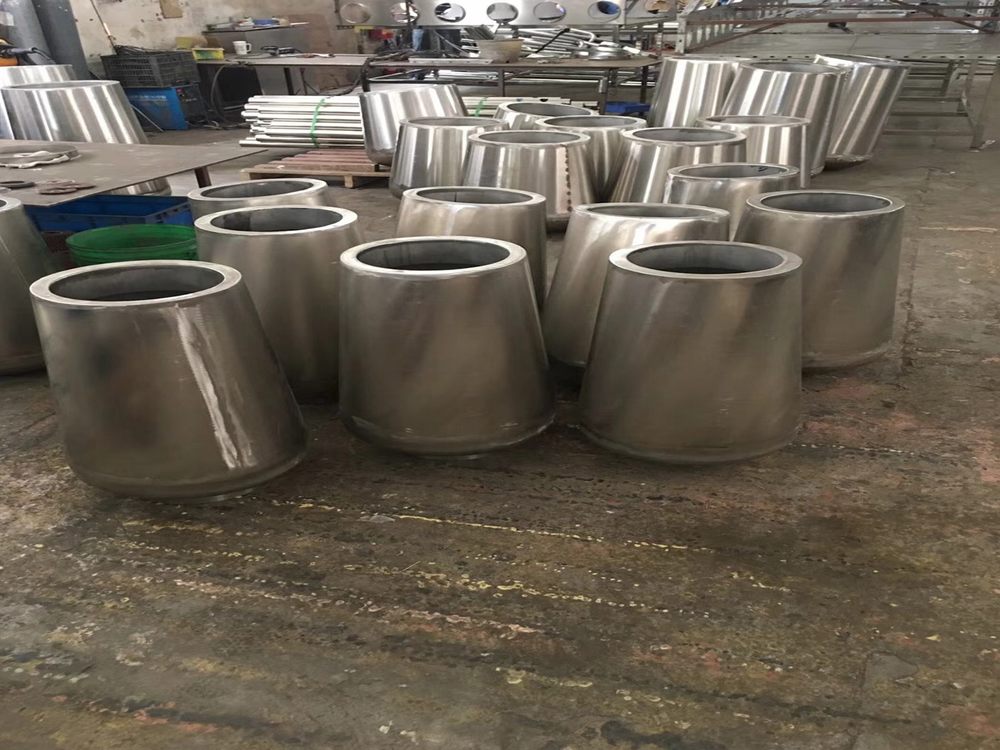
When working with bronze surfaces, the choice between hand-applied and sprayed patinas significantly impacts the final aesthetic and durability. Hand-applied patinas involve manually brushing or wiping chemical solutions onto the metal, allowing for precise control over color gradients and artistic detailing. This method excels in creating organic, nuanced finishes with visible brush strokes or texture variations that many artisans prefer for sculptural pieces.
Sprayed patinas, by contrast, use airbrushing or spray guns to apply solutions evenly across large surfaces. This technique produces more uniform coatings ideal for architectural elements or large-scale installations where consistency matters. Spray applications typically create thinner layers that may require multiple coats but result in smoother finishes without visible application marks.
The key differences extend to drying times (hand-applied often dries slower), color penetration (sprayed may penetrate recesses better), and maintenance requirements (hand-applied patinas sometimes need more frequent touch-ups). Artisans often combine both methods – using sprays for base coats and hand techniques for accent work – to leverage each approach's strengths while crafting distinctive bronze surfaces.

